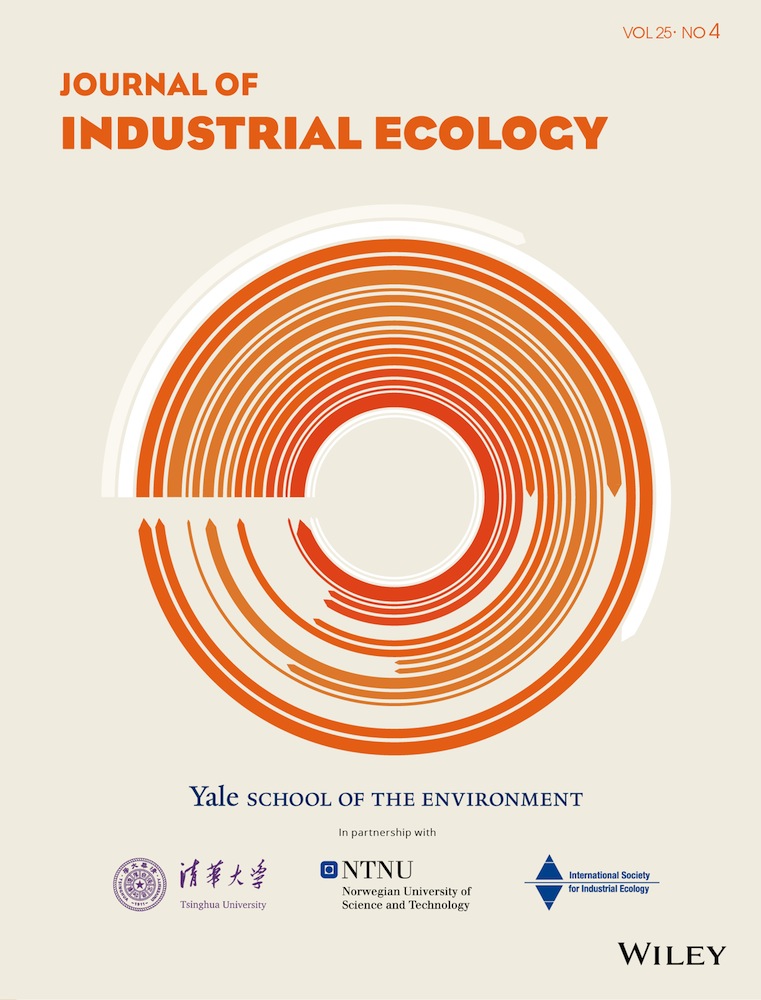City-scale assessment of the material and environmental footprint of buildings using an advanced building information model
A case study from Canberra, Australia

This journal article focuses on the assessment of embodied building materials and their environmental impacts in the context of urban development, using Canberra, Australia, as a case study. The researchers employ Light Detection and Ranging (LiDAR) data, building archetype information, and statistical models to estimate the quantity of materials in buildings and assess their energy, carbon, and water footprint. Key findings include the identification of concrete as the most extensively used material, constituting 44% of the total weight of embodied materials, followed by sand and stone (32%), and ceramics (11%). The study projects a substantial increase in the demand for building materials in Canberra, driven by population growth and construction trends, estimating a need for 2.4 times the building materials stock of 2015 by 2060.
The article explores different scenarios for accommodating the growing population, considering the environmental implications. It compares the material demand and environmental footprint associated with housing new residents in single houses, low-rise apartments, and high-rise apartments (four storeys or more). The results indicate that opting for certain housing configurations can significantly impact material demand and environmental sustainability. Overall, the research aims to inform circular economy efforts and urban planning strategies by providing insights into the environmental consequences of various building configurations. The findings can be used to guide decision-makers in promoting sustainable urban development and improving the management of building materials.
Abstract based directly on source.


Comments